Do you really need to carry out mid-tenancy inspections? Well, yes you do, and here’s why.
Aside from being an excellent opportunity to nurture the relationship with your tenant, carrying out regular mid-tenancy inspections at least every 6 months means you can:
- Check that your property isn't being misused, abused, illegally occupied, home to unauthorised pets, being a nuisance to neighbours, or becoming a health hazard.
- Get early notice if your tenant is thinking of moving, so you can plan ahead around making cost-effective upgrades that could get you more rent.
- Spot and solve little issues before they become or cause larger and costlier problems. Every home gets older every year, and things do wear out, break down, or start to look tired.
- Show that you are serious as a landlord about your property being properly maintained, by both you and your tenant.
- Create a traceable record of checks, observations and instructions that can be used in case of any disputes or, in the worst-case scenario, legal action.
With all these benefits, why do so many landlords not bother with mid-tenancy inspections? We don't know, but we have put together a guide to help you get the most from them, with valuable tips on:
Setting the stage for mid-term inspections; arranging the appointment correctly; a mid-tenancy inspection checklist; preparing and sharing the report; and repairs, breaches and action points.
There’s a lot to cover, and we’ve distilled it into bit-size chunks for effortless consumption and maximum impact. Are you ready to reap the benefits of mid-tenancy inspections? Then let's begin.
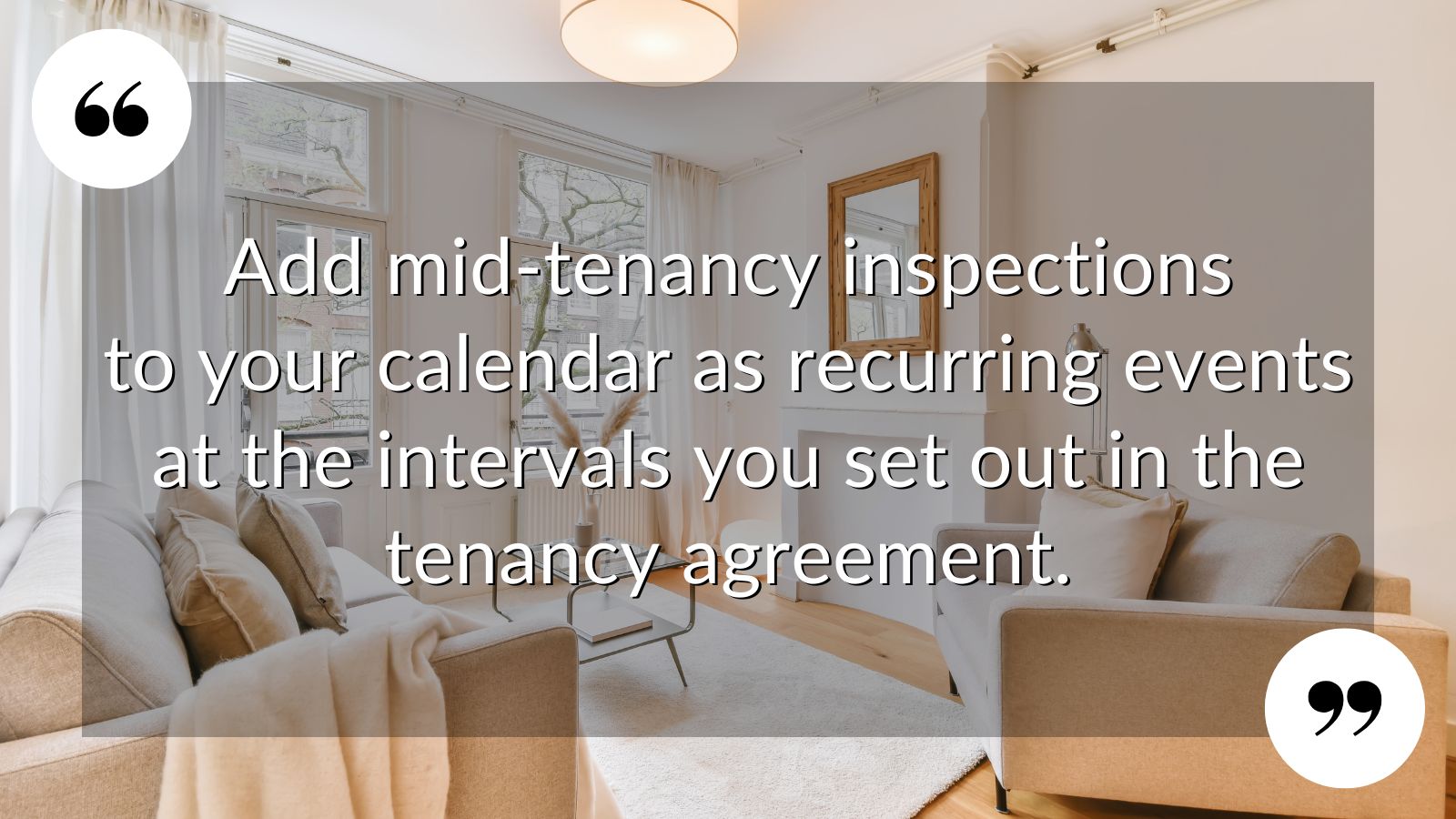
SETTING THE STAGE FOR MID-TERM INSPECTIONS
They say preparation is everything, and that’s certainly true for mid-tenancy inspections - without the right set-up, you’ll have nothing to refer back to and may even have no right to enter.
- Create a detailed inventory with text, photos and videos of every room and fitting. Include the inside of appliances, close-ups of switches and sockets, and clear imagery of the walls and floors.
- Include a provision in the tenancy agreement for interim inspections at least every six months. For HMOs, stipulate every three months to cater for the increased usage.
- Put the first inspection in your diary now. Set it as a recurring event for whatever intervals you’ve put in the contract, with a one-week reminder to avoid last-minute panics.
You can get more tips with our Inventory Essentials blog for all you need to prepare a bulletproof inventory at the start of a tenancy for successful inspections.
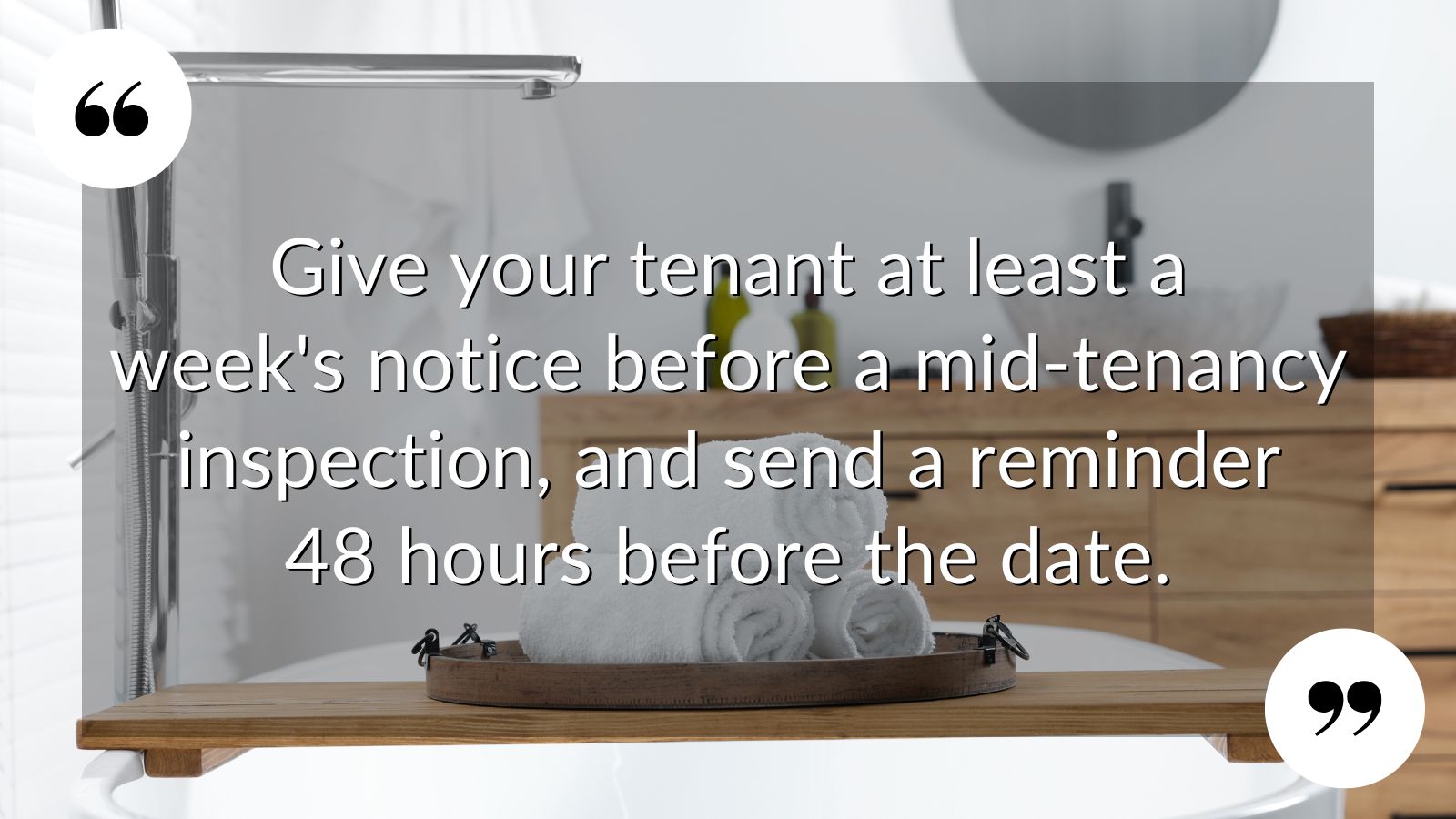
ARRANGING THE APPOINTMENT CORRECTLY
There are rules and best practices around visiting your rental property, and unless it’s an emergency, you can’t simply let yourself in without giving your tenant notice. So follow these guidelines:
- Although the law only requires 24 hours notice, it's far more practical to give at least a week (and preferably two) in case your tenant is away, busy, or needs time to prepare.
- The notice needs to be written, but not necessarily on paper, so text or email are perfectly fine. Send a reminder 48 hours before the appointment so nobody forgets.
- Accept that the first date you propose may not work for your tenant, and also that they may need time to confirm and arrange things at work if they want to be present for the inspection.
Remember: mid-tenancy inspections aren’t about catching your tenant out. They’re about keeping your property in great shape and fostering a respectful and smooth relationship - no tenant will object to that.
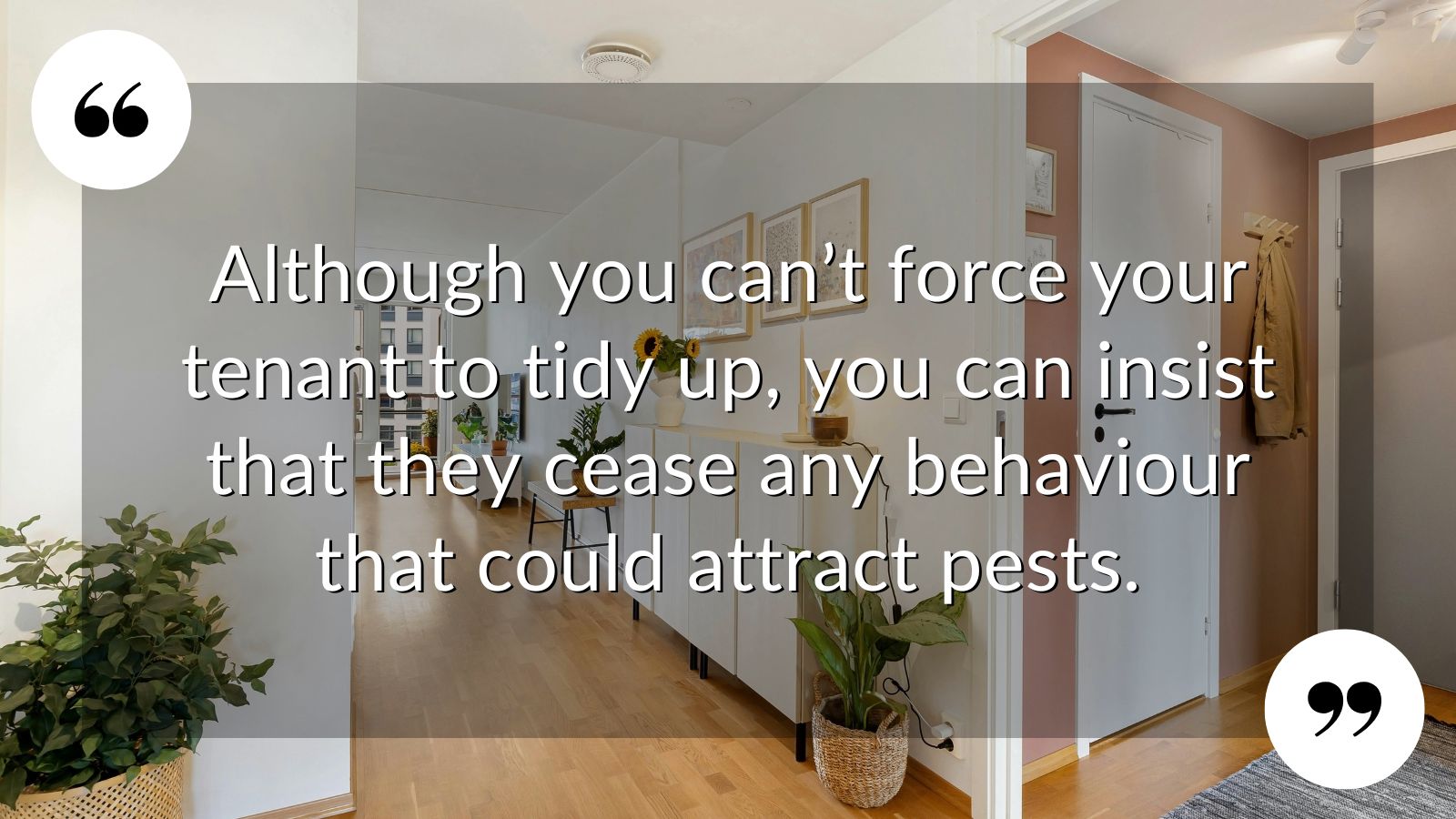
YOUR MID-TENANCY INSPECTION CHECKLIST
For a mid-tenancy inspection to be effective and successful, it needs to be detailed and thorough. So, you need a comprehensive template of things to run through, which will probably look a little like this.
- Check for signs of smoking or pets (if forbidden), damp, mould, and gas leaks. Outdoors, look for blocked drains and gutters, slipped roof tiles, and rotting door or window frames.
- Run every tap to make sure it works and turns off properly without leaks or drips, and test window catches and door locks for faults and smooth operating.
- Review appliance care, such as the washing machine door seal and detergent drawer, a freezer that needs defrosting, a greased-up oven, and the levels of rinse-aid and salt in the dishwasher.
- For any outside areas, check for moss or weeds on paths, paving and decking; lawn maintenance; piled up rubbish (which can attract vermin); and collapsing fences.
While tenants have the right to live as they choose, certain bad habits or neglect can lead to pest problems or costly damage, so it’s perfectly reasonable to reconfirm their responsibilities.

PREPARING AND SHARING THE REPORT
Once you’ve completed your mid-tenancy inspection, the next step is to compile a precise and professional report, then deliver it promptly to your tenant, ideally within a few days of the inspection.
When preparing the report, use neutral language, stick to the facts, and avoid emotional tirades. Focus on your property's condition, not your tenant's personal flaws.
- Begin with a summary of the inspection, followed by a room-by-room breakdown. Include photos, highlight any issues, and acknowledge where your property is well-maintained.
- Describe exactly what you see with phrases like "scuff marks observed on living room wall" - rather than "living room wall damaged" - for complete clarity without being subjective.
- List any necessary repairs and whether you or your tenant are responsible (and allow for wear and tear, which feels more like the natural process it is when you visit often rather than rarely).
Finally, invite your tenant to respond with any questions or concerns about the report - a collaborative approach (which can be challenging) usually gets a more satisfying and successful result.
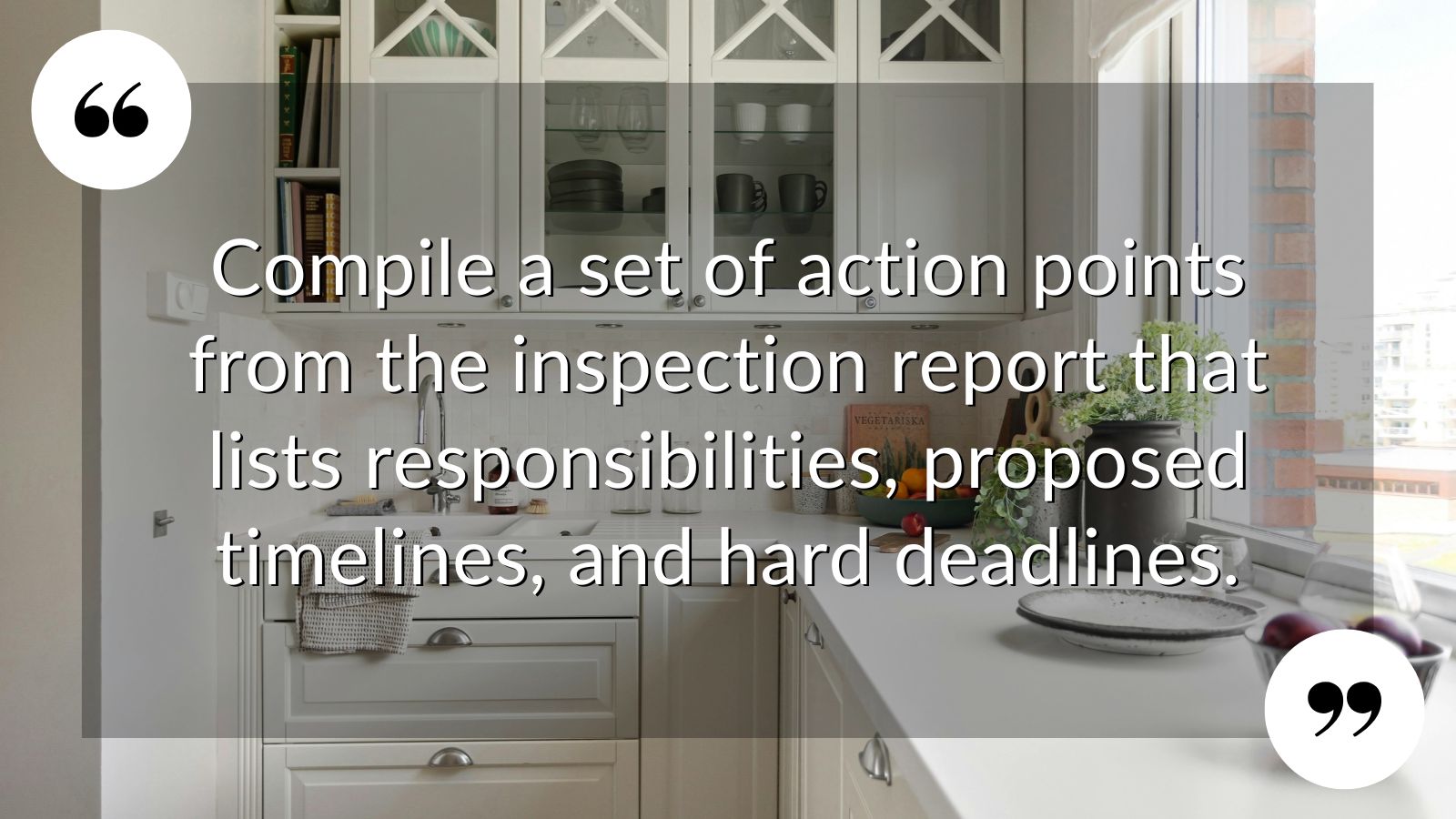
REPAIRS, BREACHES AND ACTION POINTS
With the inspection done and the report out, it’s time to act. For the best result, create a list of action points for both parties, outlining responsibilities, proposed timelines, and specific deadlines.
- Promptly schedule any repairs you’re responsible for and keep your tenant informed of any progress or delays in buying parts, ordering materials, and booking contractors.
- Stay in touch with your tenant about any changes or repairs you’ve asked them to make, such as ventilating a bathroom while showering or not drying clothes on radiators.
- If you identify a breach of contract, such as excessive noise, lax hygiene, or poor upkeep, be clear and stay calm. Refer to the relevant contract clause, and offer a fair timeline to put things right.
To sum up, a constructive approach encourages cooperation and resolution. When you lead by example, follow up consistently, and keep clear records, you’ll foster a smooth and positive tenancy.
Would you like your mid-tenancy inspections done for you?
We'd love to show you how we conduct our mid-tenancy inspections to preserve and increase the value of your rental home while avoiding costly surprises for everyone.
We know you have a choice around property management in the Wilton & Salisbury area, so call us on 01722 580059 or message us at info@piccoloproperty.co.uk to see how harmonious and hassle-free landlord life can be.

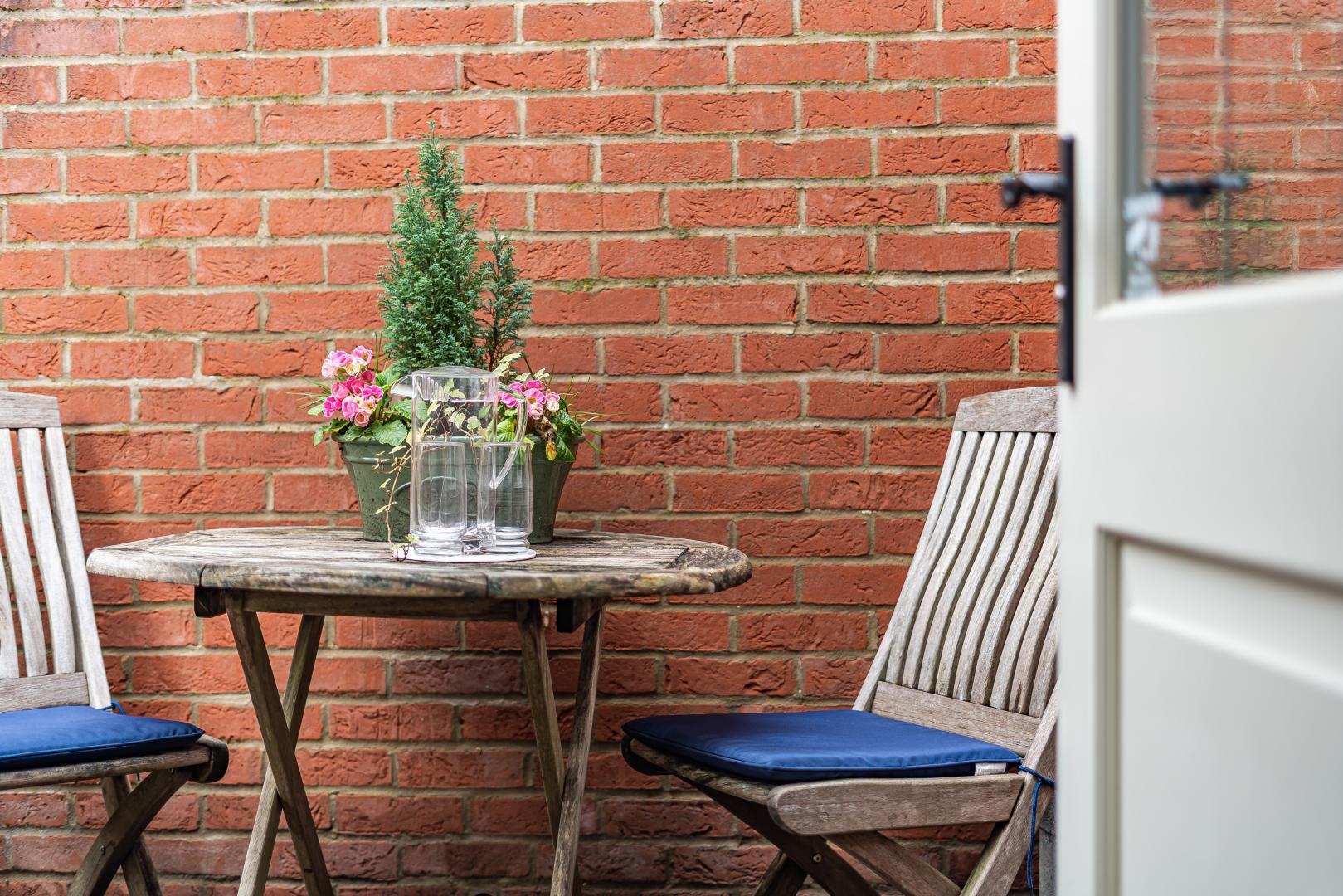


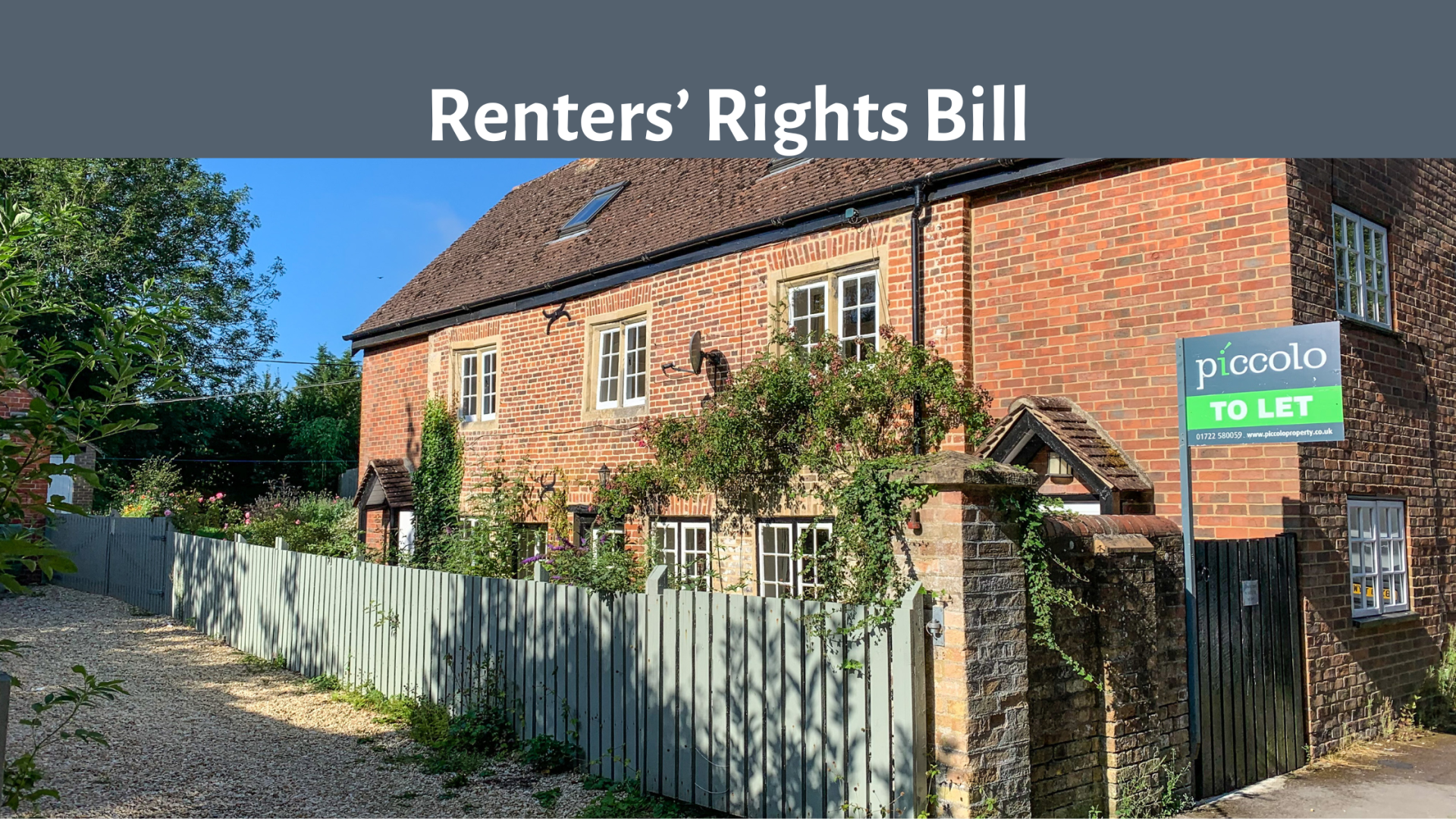
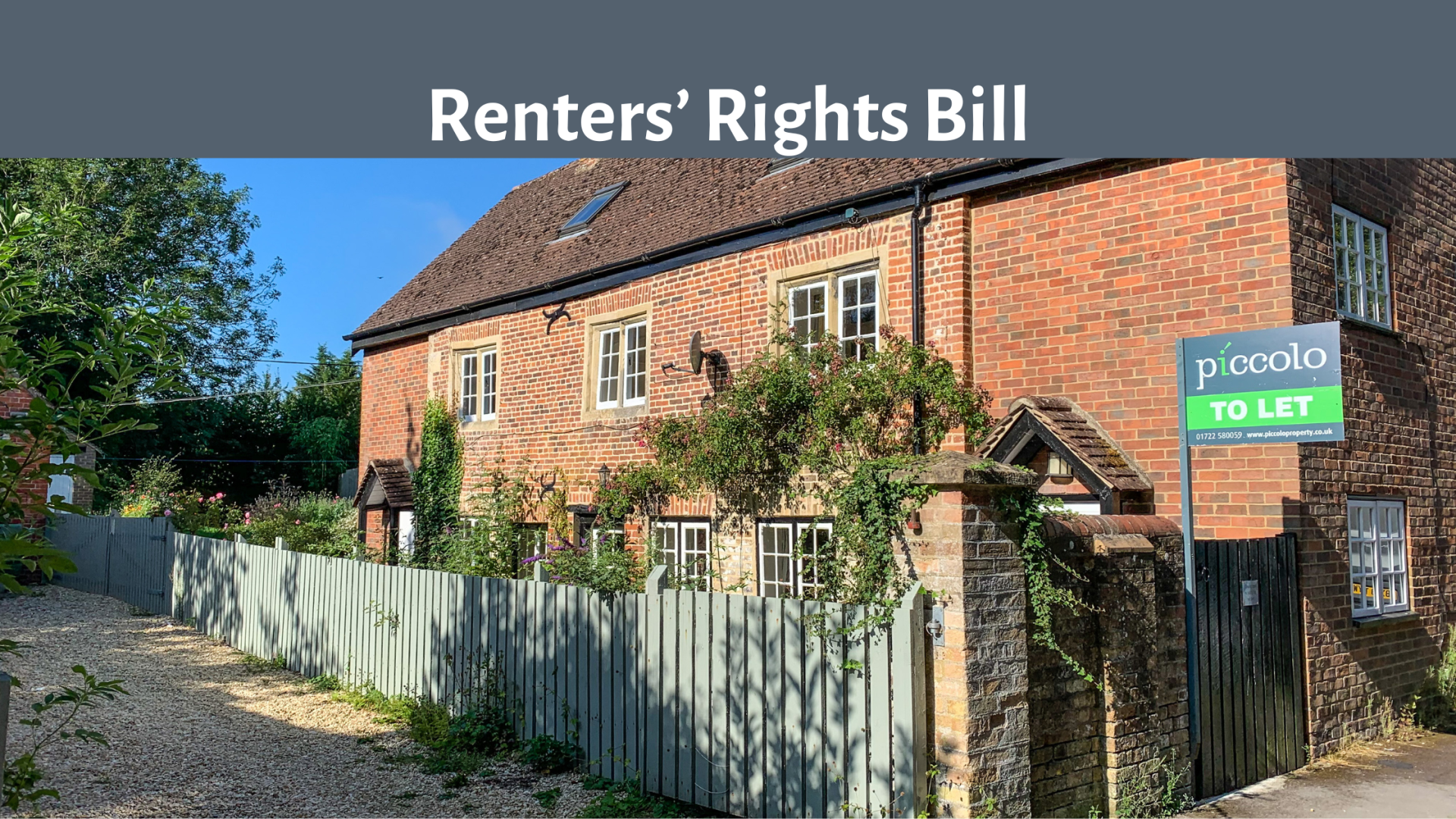
Share this with
Email
Facebook
Messenger
Twitter
Pinterest
LinkedIn
Copy this link